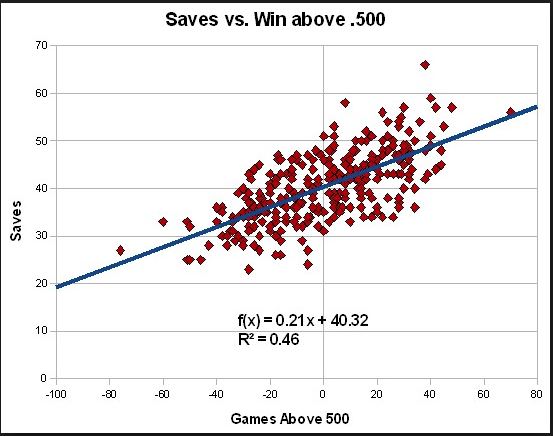I’ll give you a great example. The pitcher’s on the mound; he throws a pitch. The ball gets hit to where, for the pitcher’s entire career, there’s been a shortstop right behind him. But all of a sudden, the shortstop’s not there, because the analytics would tell us the shortstop should be on the other side of the base. So, to that pitcher, that’s a massive failure—that ball should’ve been an out, and instead, that ball turned into a base hit and maybe a run that’s going to go on his personal record.
People always remember the negatives. It’s harder for a pitcher to remember the ball that got hit up the middle that, in years past, would’ve been a single, but this year, it just so happened the second baseman was right there, stepped on the base, and got a double play. We get a little less credit for those, though, than we get dinged on the negative ones.
It’s hard to convince the pitchers that this was the right thing to do. Because it was so different. It felt wrong. The defense wasn’t standing in the positions that they’ve been standing in since these guys were in Little League. Pitchers would therefore glare into the dugout and glare at the coaches that asked infielders to move, or glare at the infielders themselves. And over time, everybody would go back to their traditional positions. That was the first year.
The second year the coaches “were a little bit more forceful” about having the players shift, and they “did a nice job for the first couple of months,” but infielders and pitchers started complaining that they weren’t used to it and by the end of the season Houston was back in the middle of the pack in terms of the shift.
It took a change of heart by one of the team leaders to alter the dynamic. This happened during spring training before the start of the third season on “analytics” when the managers shared the theory and empirical evidence behind analytics with the pitchers and fielders:
There was an incredible moment where one of our younger pitchers who really wasn’t quite getting it kept complaining, “Well, what about this? What about that?” One of the veteran pitchers who had come around turned to the younger pitcher and said, “Look, this is going to help you have a better ERA [earned run average] and have a better chance to have a better career, so you should really take this seriously.” Once you start getting players to advocate for the use of these tools, it changes the whole equation. Because then you’re no longer pushing; it’s starting to pull. Once that happens, the sky’s the limit in terms of the impact that these technologies and analytics can have on the players. (emphasis supplied)
So now that with analytics the Astros have won the World Series, are they done? Of course not, but we’ve actually heard law firm partners say that they’ve already changed so they’re done. (I kid you not.)
The general question is, how do you stay in the lead?
It involves being far enough out front of your peers that you inevitably make mistakes.
We talk internally about being on the “bleeding edge.” We know we’re going to have some cuts, some nicks, some bruises—because if we’re not, it’s similar to base running. If you have a player on first, and he never gets thrown out at third on a single to right field, he’s not being aggressive enough. If you don’t ever get thrown out at third, you’re leaving runs on the table. I consider it the same way in terms of how quickly we implement new technologies and try and squeeze out a competitive advantage. If we’re not making some mistakes along the way, we’re not being aggressive enough.
If you wait for it to be obvious, it’s going to be too late. You have to be first.
Not to say human judgment is read out of the picture: To the contrary. Player attributes like leadership ability, simple desire, ability to overcome obstacles (resilience): These will always require human intuition and wisdom. But it’s the combination of the human factor with the analytics that’s the most powerful: “Either one separately gives you suboptimal results.”
Yes, changing people’s behavior on the field and how they interpret and use information and new technology “is very, very difficult to do. It’s been painful, and it’s taken a long time.” But once you’re there consider the sustainable distinction you’ve created.
“It’s going to provide us an advantage for the next five to ten years. […] It’s going to be hard for other clubs to copy that.”




Interesting to think about the future of data analytics in Big Law in connection with your prior post on recruiting and maintaining talent. And also with an idea ASE has introduced once or twice (e.g., Aug 6,2015): what would R&D look like in the context of Big Law?
Mark: Point very well taken. I believe the consummate core competence of a superb law firm–above every other–is winning the war for talent, a/k/a recruiting, retention, and professional development. And that’s an area where blessedly psychologists, HR professionals, organizational dynamics gurus, and many many other disciplines have been collecting data for decades. In other words, there may already be–should be–“Big Data” that law could draw on to help make its decisions here more optimal.
Add to that the building wave of AI capability in Law Land and it seems perfectly obvious to me that the partner-material lawyer of 2020 or 2025 will have quite a different dispersion of personality characteristics than that of 2010 or 2015.